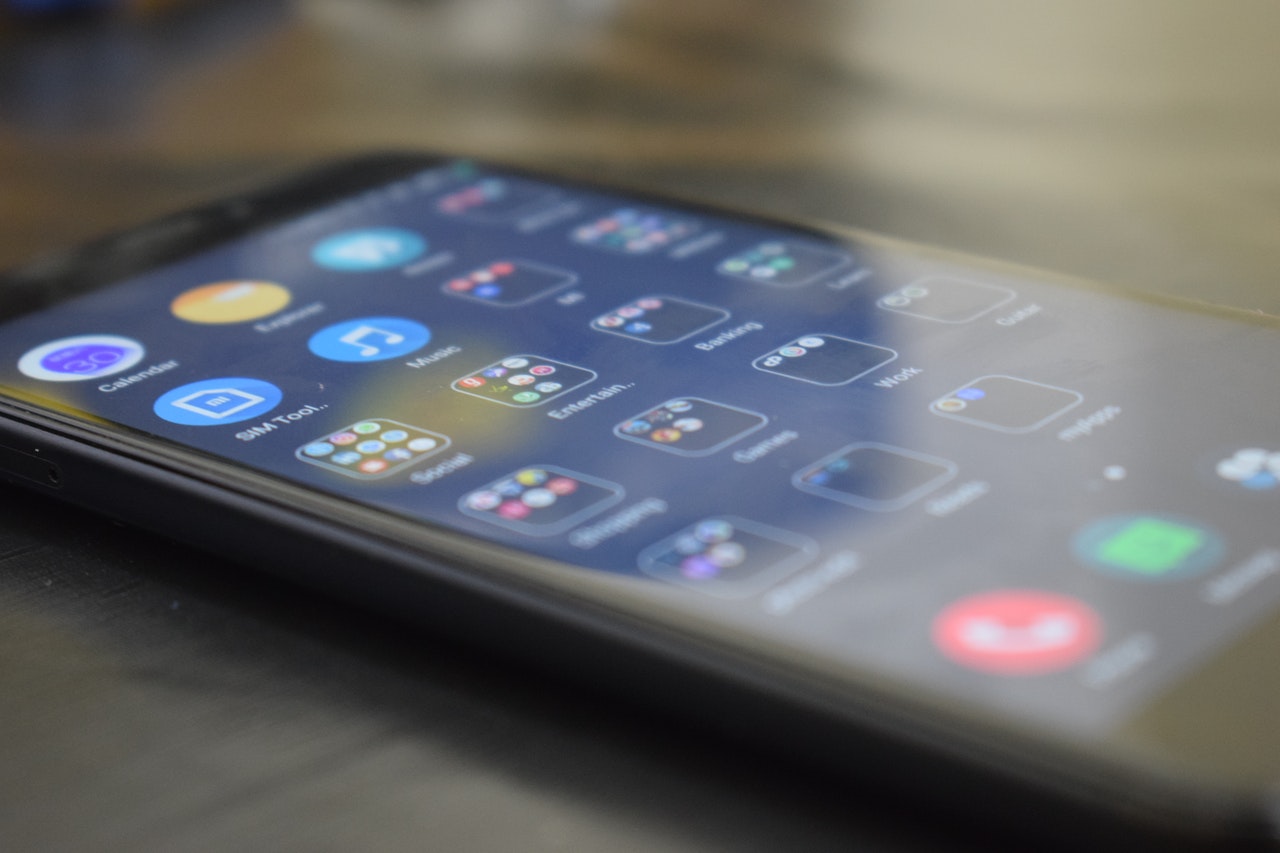When Xiaomi entered the market in 2014, the company knew it faced an uphill battle. Until that point, “Chinese phones” had a negative connotation. They were considered to be cheap knockoffs of the more popular models. Low-budget Indian consumers were accustomed to using such handsets, and from the very beginning, Xiaomi had to make the right moves. Within two years, the brand was successful in overturning this sentiment and became one of the leading smartphone brands in the country.

Fast-forward to 2021, and Xiaomi is the undisputed market leader. The brand has been successful in overtaking Samsung, and ships tens of millions of smartphone units every year. Going by the quarterly market share numbers, Xiaomi has been thwarting its competition for the past 3-4 years. The occasional blip was followed by Xiaomi’s strong response, and the brand has been so successful mainly due to its Redmi smartphones.
The Redmi series phones offered by Xiaomi are primarily catered to the budget segment. Redmi has become a name synonymous with excellence for Indian consumers, who were initially taken aback by the quality of these phones. But how does Redmi, in spite of offering such high quality and feature-rich phones, keep the prices so low? We dive deep into the working of Xiaomi, and their strategic manoeuvers that help keep the Redmi smartphone prices low.
Low Per-Unit Profit
Redmi phone price is affordable mainly because of the low-profit margins the company is willing to make. The higher the smartphone price, the more profit the company makes when it ships the units. However, Xiaomi is willing to cut down the price to increase the number of sales. This marketing strategy has paid dividends, as Xiaomi ships tens of millions of units. According to Xiaomi’s CEO, the company only makes a 5 – 10% profit margin. Thus, the company can afford to sell smartphones at much lower prices than its direct rivals.
Zero Advertising
Smartphone companies take different approaches to advertise their products. For instance, Vivo bagged the rights to become the title sponsor for the Indian Premier League. From the very beginning, Xiaomi followed in Tesla’s footsteps. Tesla, the most popular electric car brand in the world, virtually does zero advertising. However, consumers still know about Tesla and are willing to bank on its brand name and popularity. Similarly, Xiaomi has relied heavily on the goodwill of consumers, and their online reviews. This worked in the brand’s favor, and without spending any money, Redmi phones became the top-selling models in the Indian marketplace.
Longer Product Cycle
Typically, Indian consumers change their handsets once every 12 – 18 months. iPhone users boast about their phone’s durability and longevity. Redmi phones — even though these are mobiles under 10,000 INR — offer a longer product cycle. That is, the brand does not release new phones with updated hardware every year, and instead does so once every 2-3 years. This results in Redmi phone users sticking with their devices for longer periods. Considering the brand does not cut any corners, and keeps its profit margin low, these models are sturdy, robust and durable.
Online Sales Strategy
Until recently, Xiaomi followed the online-only sales strategy, which helped the brand in procuring higher profits. The company did not have to give a cut of its profits to the retail outlets, and thus, could keep the costs low. Usually, smartphone brands give a cut of their profits to the offline retail outlets for selling their handsets, and this forces them to increase the cost of smartphones. It was only in 2020 that Xiaomi promised higher profits to offline partner stores, but the brand continues to keep the Redmi phone prices low.

Flash Sales
Initially, when Redmi phones became all the rage, it was through strategic online sales that the brand managed to get the attention of the consumers. Xiaomi offered its Redmi phones through flash sales on e-commerce platforms, and while this meant that not all consumers were able to get their hands on Redmi phones, the available units started selling like hotcakes. This made the brand elusive, and consumers wanted to purchase a Redmi smartphone. When the phones were made available, consumers were quick to purchase these devices.
Xiaomi understood the Indian market and laid out a well-thought-out strategy to become a major player. This also enabled the company to make substantial profits, while keeping its profit margins low. Today, Redmi smartphones are some of the most sought-after devices in the country.
In India, you can purchase your preferred Mi 5g smartphone at lower costs by shopping at the Bajaj Finserv EMI Store. The Bajaj Finserv EMI Network Card will allow you to pay for the smartphone on easy EMIs, while you can also avail the zero down payment facility on select models. Place the order online, and get the smartphone delivered to your doorstep within 24 hours.